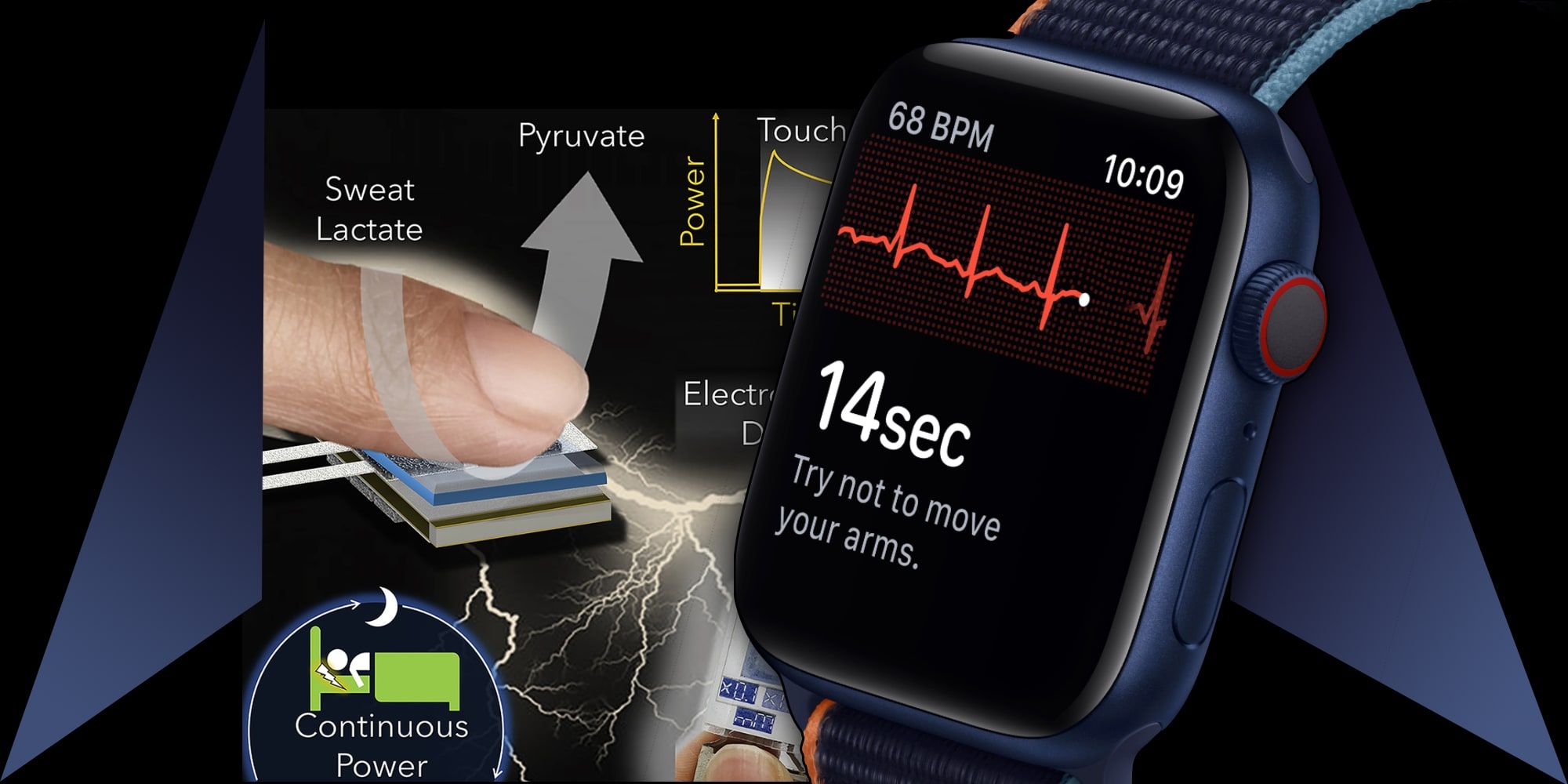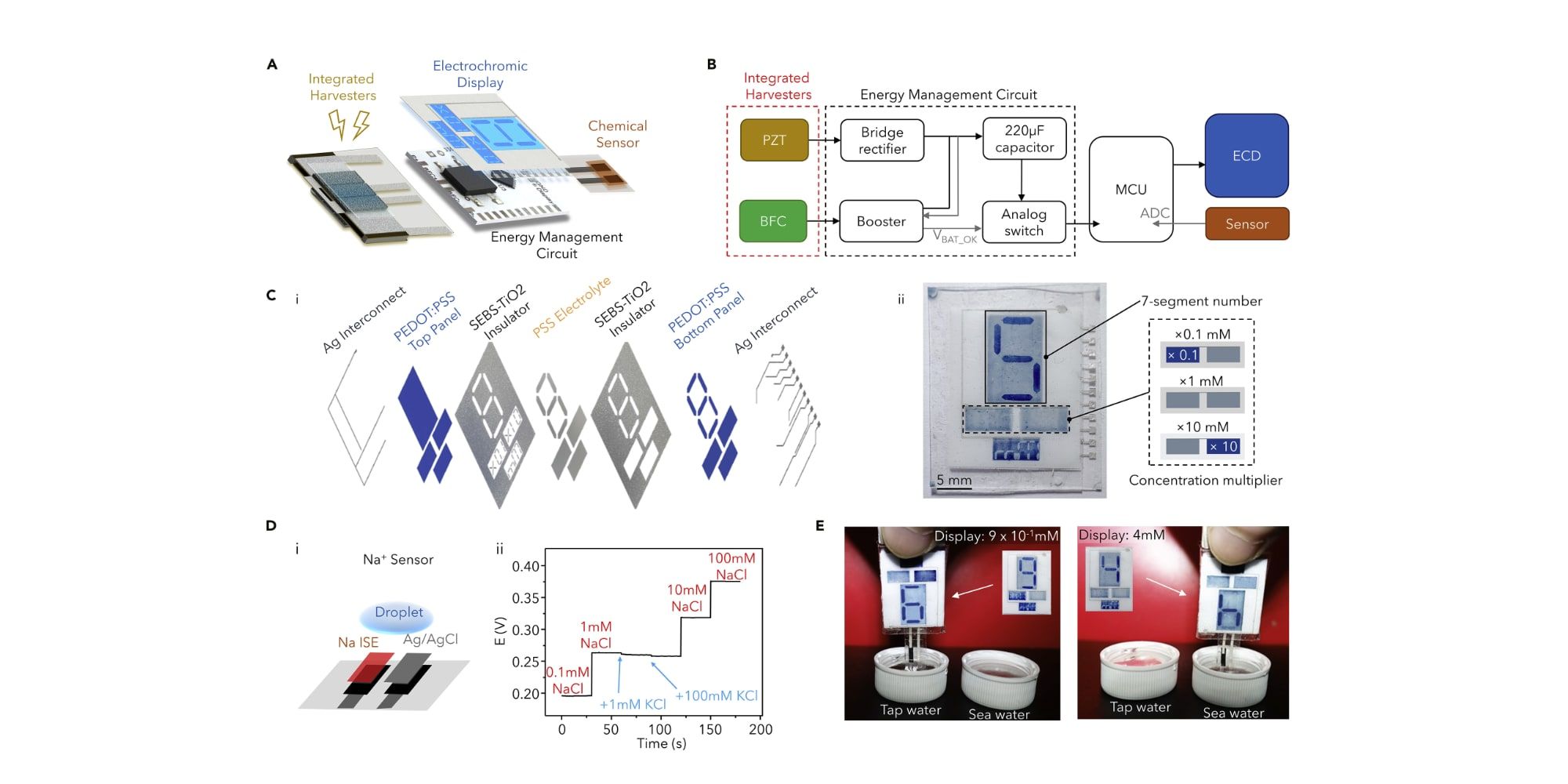A recent advance in low-power generation may lead to wearable technology that doesn't require a battery or may extend battery life. What is remarkable about this power system, beyond its tiny size, is that it uses the sweat generated by the fingertips combined with electricity that comes from a piezoelectric material that reacts to pressure.
Wearable technology has made big leaps in functionality and performance, but what might be the most limiting factor is battery life. Wireless earbuds, for example, are often limited to just a few hours of use before needing to be recharged and some smartwatches struggle to last a whole day. While the chips and sensors that are available currently can track all aspects of health and help organize a busy schedule, the amount of power available within the size and weight constraints prevent the very best experience possible.
In a paper published in the science journal Joule, a novel bioenergy harvester was described that generates a surprising amount of power from human sweat. The collector is very small, covering only a fingertip, but harvesting as much as 400 millijoules-per-centimeter-squared. The measurement was recorded during sleep and does not require any activity. Collecting sweat from a fingertip might sound odd, but the paper clarifies that sweat from the fingertip is considerably higher than from other parts of the body. It simply isn't noticed due to the ease of evaporation when compared, for example, to an armpit. A piezoelectric element was also integrated below the collector and the biofuel cell to further convert the mechanical energy from finger pressure into electricity.
How Much Energy & Is It Useful?
While the amount of energy generated through the sweat-powered biofuel cell and piezoelectric element is small, it is a continuous flow and can be increased by applying the same system, which takes the form of an adhesive wrap, to more fingers. 400-millijoules is equivalent to 0.1-milliwatt-hours. For comparison, an Apple Watch Series 6 has a capacity of a little over one watt-hour, 1.024 for the 40-millimeter size and 1.17 for the biggest 44-millimeter model. The Apple Watch typically lasts all day, meaning a twelve hours would require about 85 milliwatts each hour with power demand surging during use and dropping to a minimum when the arm is lowered.
As described by the paper, which was supported by the UCSD Center for Wearable Sensors and the National Research Foundation of Korea, this technology does not currently generate sufficient electricity to have a big impact on the current generation of smartwatches and wireless earbuds, however, it may help with medical devices that continuously monitor vitamin-C, sodium-ions or other body metrics via low-power wearable sensors. As smartwatch technology advances and silicon chips become more efficient, drawing power from the human body could begin to make a difference in the design of consumer-oriented wearable technology.
Source: Joule


